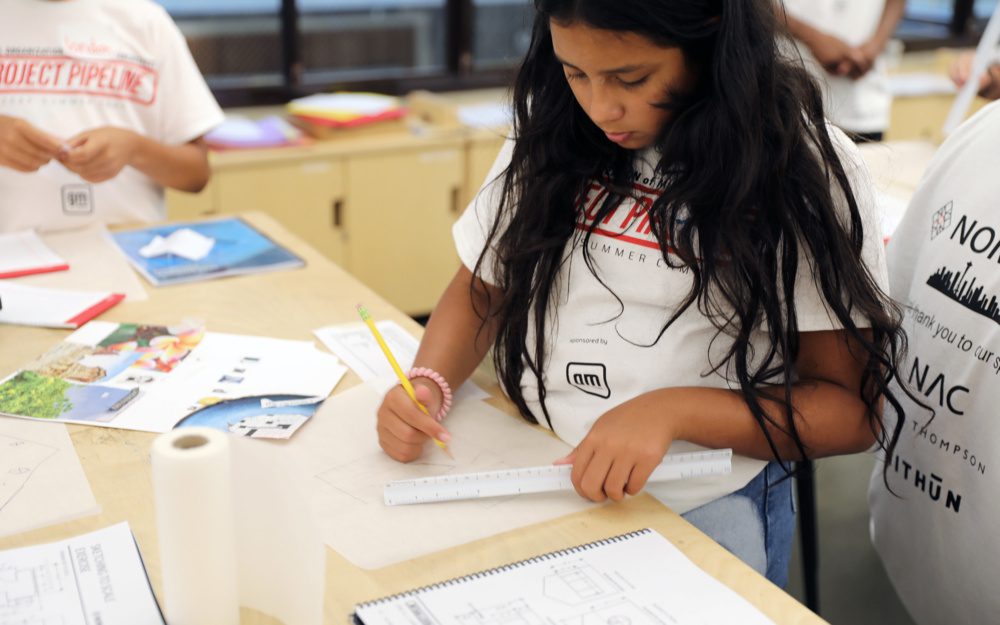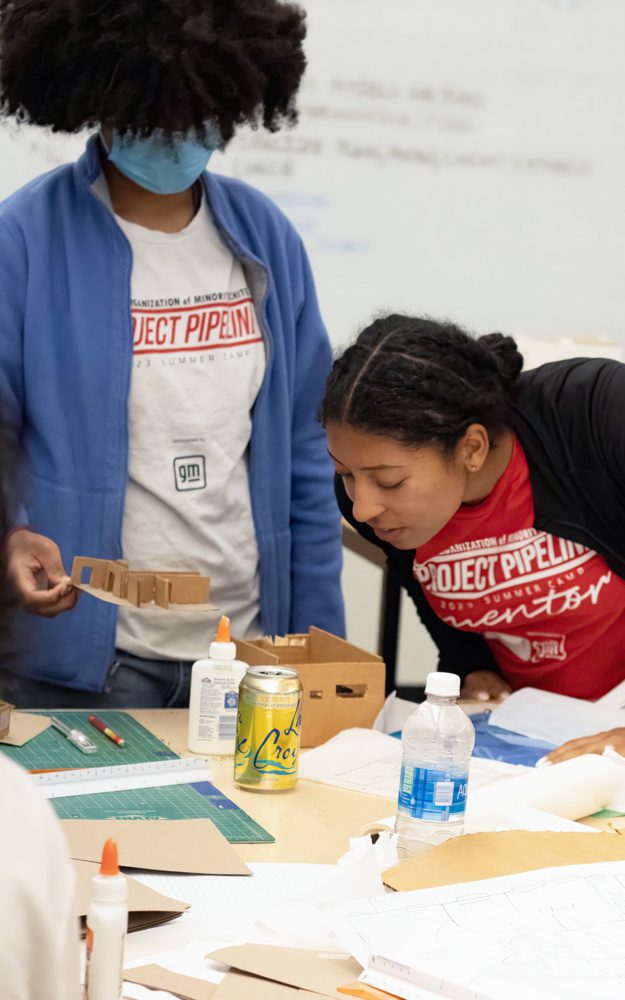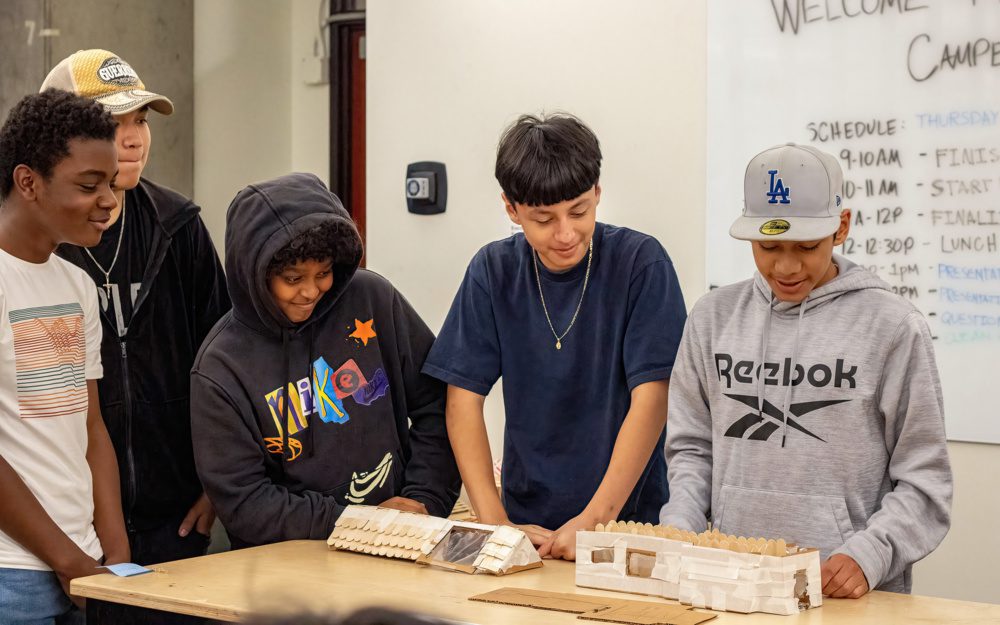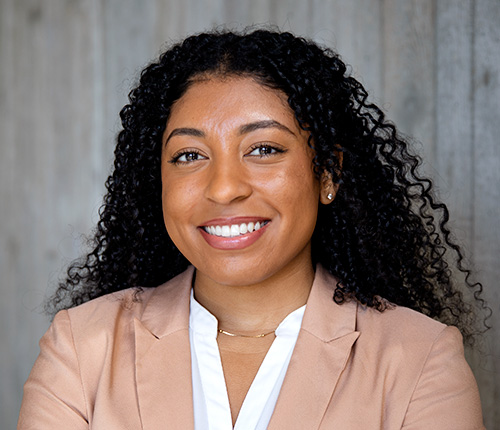By Alyssa M. Mitchell
Alyssa has a passion for affordable housing and cultural architecture that provides a beneficial impact on surrounding communities. She is currently working on Laurel Village, graduate student housing for families, where she supports project design and documentation. Alyssa is an active member of NOMA NW, and a Co-Chair of AIA Seattle Diversity Roundtable.
This past August, NOMA Northwest (NOMA | nw) hosted the second in-person Project Pipeline Architecture Camp in Seattle. Project Pipeline is a national program held in different cities with the mission to “empower young people to affect change in their community through design.” The goal of this program is to increase the number of Black Architects, specifically touching on the middle/high school point on the pipeline. This year, the camp hosted over 35 students at the University of Washington, for a week-long deep dive into the design world. The camp partnered with the Seattle Urban League STEM camp students and even hosted a few returning students!
The design challenge this year was to envision a Community Arts Center and Community Garden on a local site. The questions posed to students were:
- What impact do you want your center to make?
- How can your community center unite the diverse neighborhood where it’s located?
- What spaces can be used to promote healthy living?
All these questions taught students that design and community impact are an integrated process.

Students created bio boards – collages that reflect their backgrounds and interests.

Students and mentors presented their bio boards.
Students were able to express themselves and learn about each other by creating and presenting a bio board on the first day. This exercise encouraged students to identify what they care about and how they want to represent themselves. Designing the bio board also got their gears turning for creative expression. Following this initial exercise, Project Pipeline volunteers jumped in throughout the week to teach mini lessons on drawing, sustainable systems, site integration, and much more.

Throughout the week volunteers taught mini lessons on drawing, sustainable systems, site integration, and much more.

Students designed physical models from project design prompts.
By the end of the week, six groups presented their take on the Community Arts Center and Community Garden design prompt with physical models. Many students integrated sustainable systems like green roofs, solar panels, and wind turbines into their design. Landscape design was an aspect that a few students explored. And, of course, color and material were a big way that students expressed their design point of view.

Six groups presented their physical models for the Community Arts Center and Community Garden.

Many students integrated sustainable systems like green roofs, solar panels, and wind turbines into their design.
Following the presentations, students took a field trip to the Family First Community Center in Renton, with the mission to empower and strengthen their local community. Students enjoyed this opportunity to see a real-life example of their design program. Getting students out of the classroom allowed them to experience architecture through a new lens after learning about design throughout the week.

Senior Associate, Susan Frieson (left) and Alyssa M. Mitchell (right).
I have volunteered with Project Pipeline for a few years now, and every year is a new opportunity to learn from the young people who show up. One highlight for me was a student walking me through her landscape design and quickly moving on to sharing different books they’re currently reading. This has also been a great opportunity to work with other design professionals who are passionate about diversity within Architecture. WT was able to contribute several volunteers to participate in the camp including Senior Associate Susan Frieson, a fellow camp organizer, and WT’s communication team.

The bio board exercise encouraged students to identify what they care about and how they want to represent themselves.
Every class of students that passes through the program has the opportunity to learn about the Architecture profession and with it, the impact they can make on their community. Next year, we look forward to teaching more students about Architecture and Design and furthering the mission of the camp! It all makes me hopeful for the future of our students and the Architecture profession.
